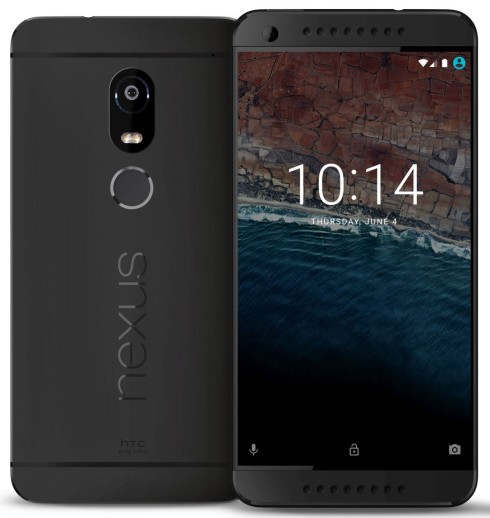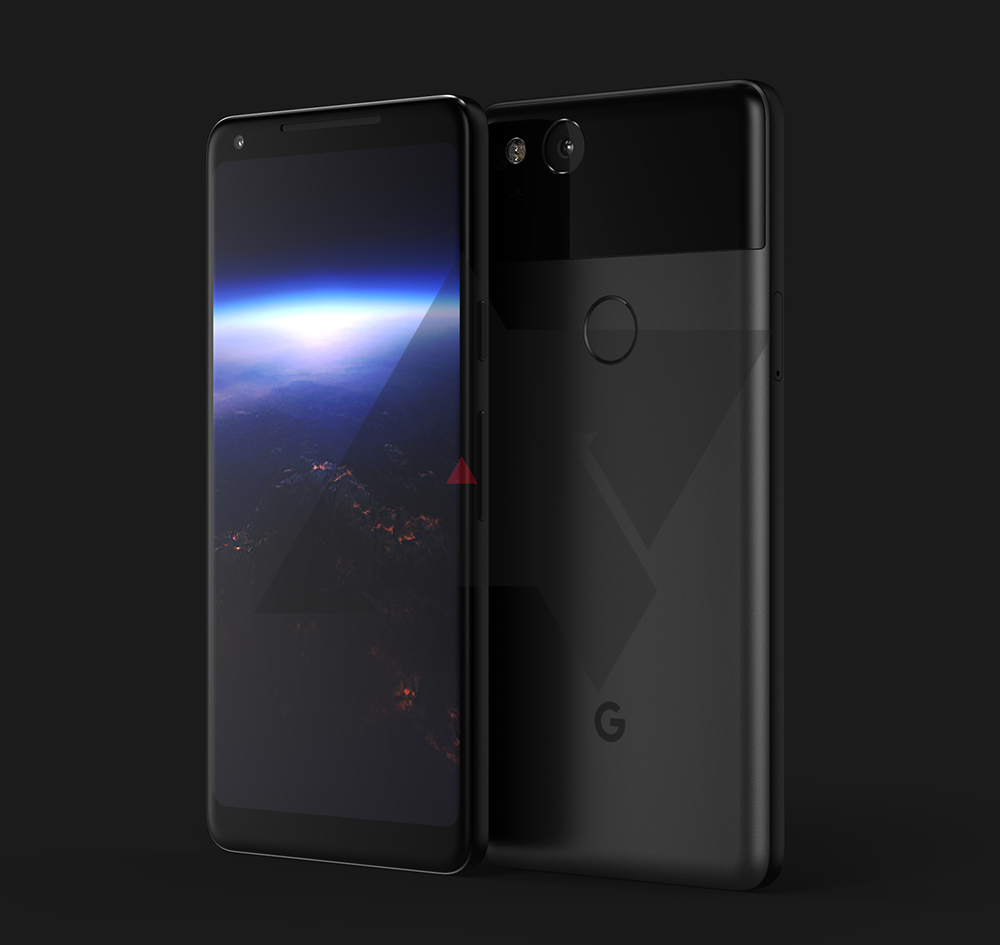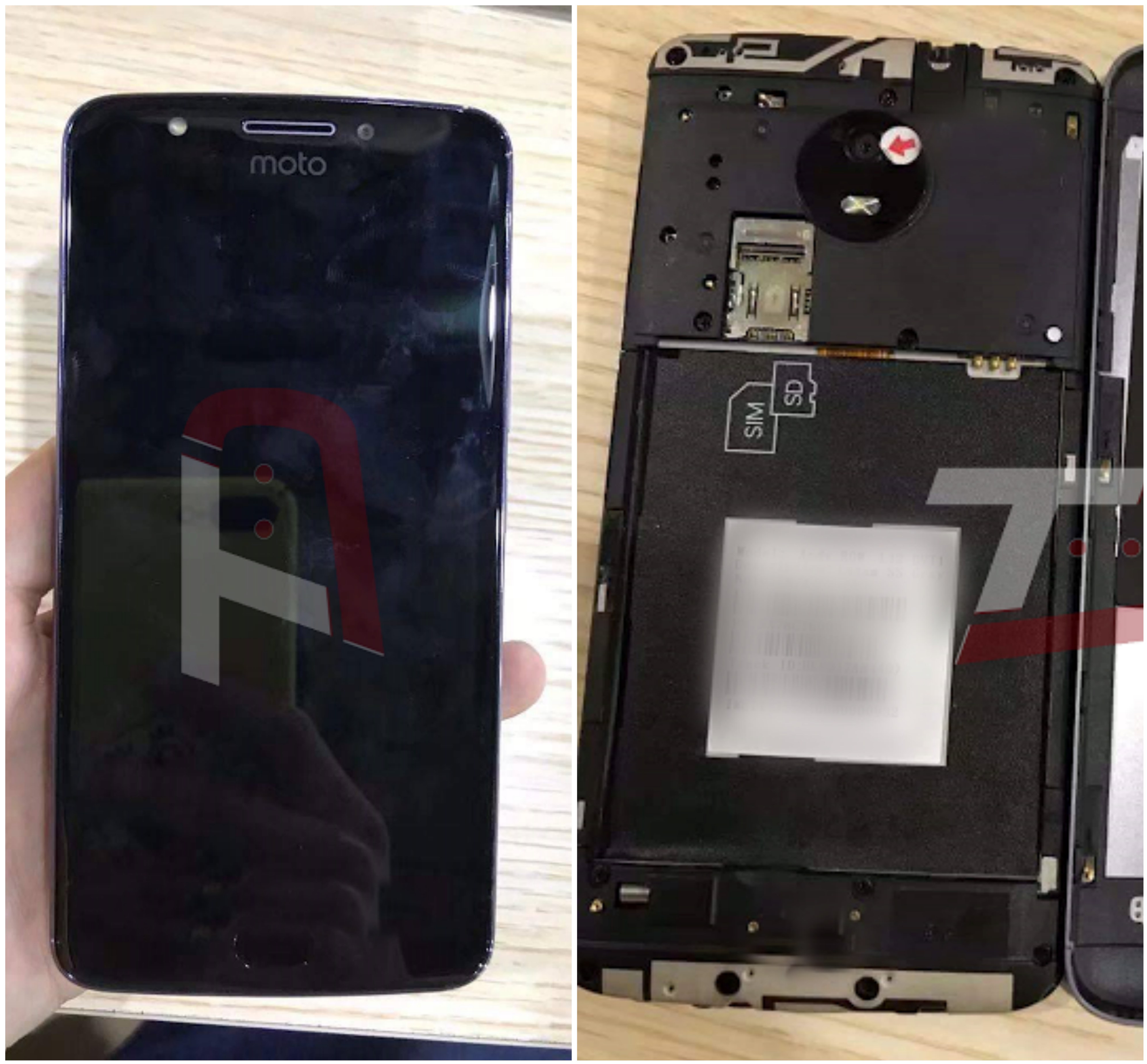We all probably loved the Nexuses 2015. But, the Nexus 6P was most praised and appreciated device from Google last year out of the two and No doubt, Huawei did a great job! But What about HTC? They have been the first makers of Nexus and no one cares! But, Google wants them to make a comeback and So! This really happened 😀
The last time HTC had their name on a Nexus device was the poorly recieved Nexus 9 tablet. A Chinese website is reporting that HTC is about to get back in the game in a major way. The report claims that HTC has signed a contract with Google to make Nexus devices for the next three years. If true, this could put the next three versions of Android on HTC devices.

This news comes alongside another report that claims Google will be taking much more control of the Nexus program. We’ve heard rumors of Google taking an Applie-like approach to the Nexus program in the past. Signing one manufacturer to a long-term deal could be a step in this process. Another possible route would be to eliminate the big-name manufactuers altogether and build device in-house. There are a lot of conflicting reports going around right now.
How do you feel about these rumors? Would you be in favor of HTC potentially making the next three Nexus phones? Or would you prefer Google to build their own devices? Let us know down below!



GOOGLE propriile Nexus
I always wondered why after the first Nexus made by HTC had not returned. I personally think the HTC phones have an excellent build quality and are good innovators of new technologies and have been a user since the HTC Magic, HtC One, and HTC One M9.
For me nexus is a developer phones. Google must change that.
No matter who made it, users want nexus to be daily gadget not just 4 hours gadget.
Don’t really care much for HTC, and not much of a fan of any of the manufacturers. I hope and pray that Google will take the Nexus program in-house, or develop a Pixel smartphone.
Good I hope Google takes more control so OEMs don’t build crappy phones without stock android. I feel this way because when Apple users see one crappy Android phone, they think every Android phone is that way.